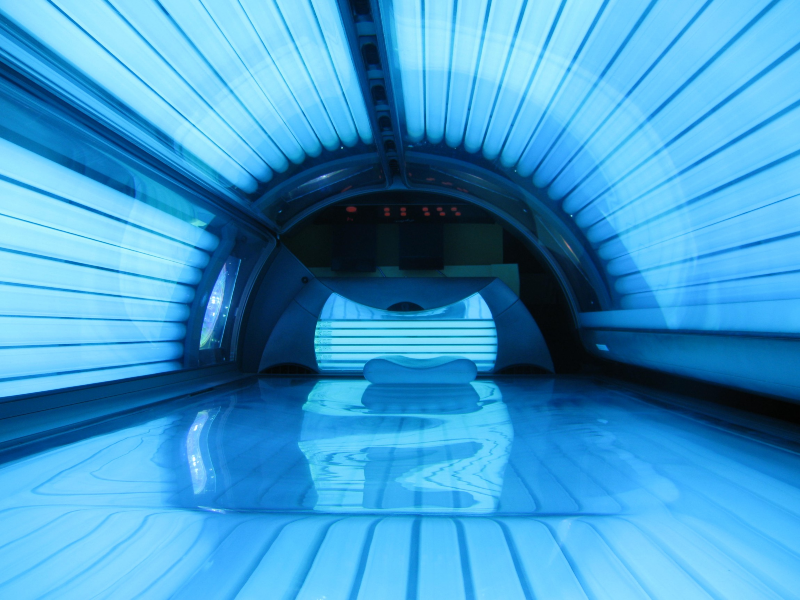
Every spring and summer many families, tired of a long and cold winter, pack up and head south to warmer climes. Around this time, teens across the country also attend prom with their sweethearts. And what do kids these days tend to do before events like these?
Hit the tanning salon.
This is Florida, after all. Whether you live here year round or are simply here on vacation, looking “pasty white” in a swimsuit or a new dress for the dance just won’t do, right? Think again.
Here’s a brief warning to help dispel the myth of “getting a base tan” before these events:
Currently, 35 percent of 17-year-old girls in the U.S. are using tanning beds and 55 percent of college-aged kids have used one at least once. In 2014, the Star Tribune reported that “a third of white 11th-grade Minnesota girls have tanned indoors in the past year, according to a state survey … and more than half of them used sun beds, sunlamps or tanning booths at least 10 times in a recent 12-month period.”
What isn’t immediately clear to these kids is that during a tanning-bed session they may receive up to 12 times the ultraviolet (UV) exposure as they receive being outside in the natural sunlight. This UV radiation exposure from tanning beds is dangerous and linked to three types of skin cancer: melanoma, basal cell carcinoma, and squamous cell carcinoma.
Here’s the potential damage that one tanning-bed session can cause a teen:
- The risk of developing melanoma increases by 20 percent
- The risk of developing basal cell carcinoma increases by 29 percent
- The risk of squamous cell carcinoma increases by 67 percent
- For people younger than 35 using a tanning bed, the lifetime risk of developing skin cancer of any type increases by 74 percent
Additionally, it increases the lifetime risk of:
- Melanoma by 75 percent
- Basal cell carcinoma by 150 percent
- Squamous cell carcinoma by a whopping 250 percent
- Moreover, skin cancer now is the leading form of cancer in 25- to 29-year-olds
Another startling fact: More skin cancer cases come from tanning-bed use than lung cancer cases do from smoking; yet, in our culture, bronzed skin is seen as a form of beauty.
It is promising to note that California, Delaware, Hawaii, Illinois, Louisiana, Minnesota, Nevada, Oregon, Texas, Vermont, Washington, and some cities and counties have banned indoor tanning by minors younger than 18 years, and for good reason.
Remember to reinforce to your teens that they are beautiful or handsome no matter the shade of their skin. What’s important is what’s inside. Talk with them about the safety concerns of tanning and have honest discussions about what could potentially lay in store for them in the future.
If you have any questions about your child’s skin health, please don’t hesitate to give us a call at 239-573-2001.
(Sources:
http://www.cdc.gov/cancer/skin/basic_info/indoor_tanning.htm and
http://www.ncsl.org/research/health/indoor-tanning-restrictions.aspx)
MacKoul Pediatrics is an amazing local pediatrics office in Cape Coral, FL where caring, compassionate doctors and nurses work with you to keep your children as healthy as possible. MacKoul cares for children from birth to college age, from Cape Coral, Fort Myers, Naples, and beyond.
May 9, 2015
 Every spring and summer many families, tired of a long and cold winter, pack up and head south to warmer climes. Around this time, teens across the country also attend prom with their sweethearts. And what do kids these days tend to do before events like these?
Every spring and summer many families, tired of a long and cold winter, pack up and head south to warmer climes. Around this time, teens across the country also attend prom with their sweethearts. And what do kids these days tend to do before events like these?